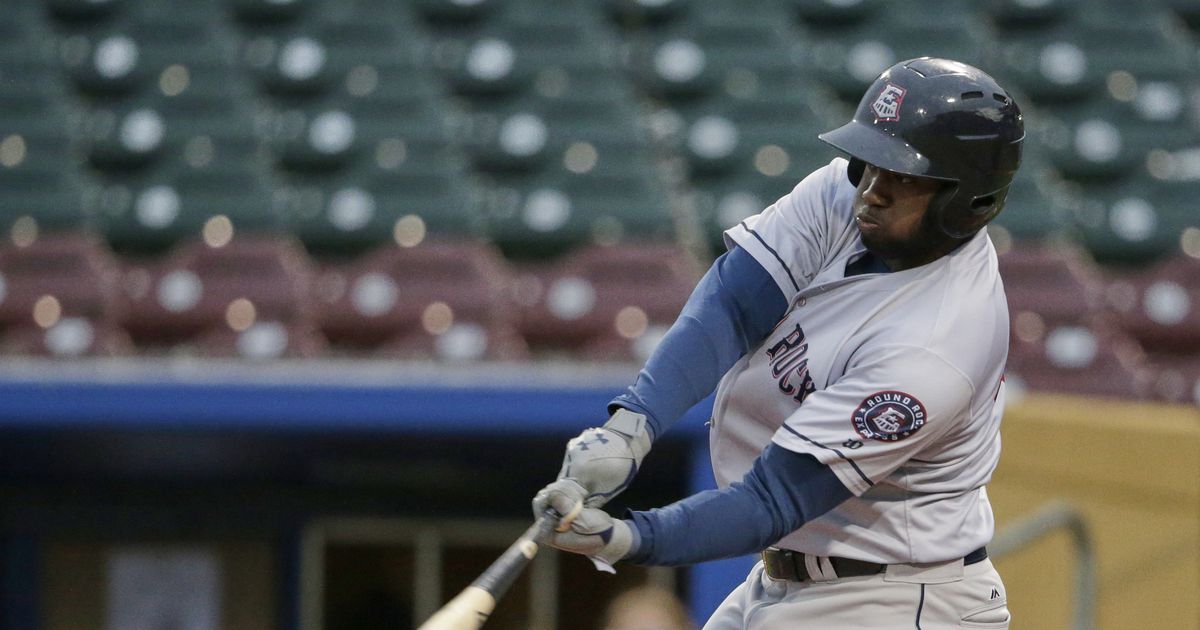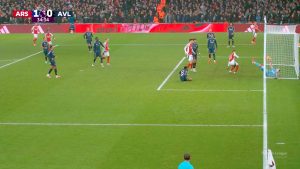Triple-A batters smashing it since MLB ball is put into play


Balls are flying out of Triple-A ballparks like never before, coinciding with a switch in baseballs to the major league model.
The El Paso Chihuahuas have hit 89 home runs in their first 37 games — the most in professional baseball and more than half the 142 they slugged in 139 games last season. The Rochester Red Wings and Lehigh Valley IronPigs combined for 15 homers in a game last month. Overall, 26 of the 30 teams in the Pacific Coast League and International League are on pace to exceed their 2018 totals, most by a wide margin.
Not coincidentally, this is the first year Triple-A has played with the same ball used in the majors. The big league ball is said to be harder, more tightly wound at its core and with slightly lower seams, all of which make it more aerodynamic than the ball used at the Double-A level and lower and previously in Triple-A.
Bigger offensive numbers were expected when Major League Baseball requested the highest level of the minor leagues switch to balls to more closely align with conditions in the big leagues.
“I didn’t think it would be this drastic,” Omaha Storm Chasers pitching coach Andy Hawkins said.
Rawlings, the ball manufacturer for professional baseball, will supply 25,000 to 30,000 dozen balls for Triple-A games this season. Rawlings chief marketing officer Mike Thompson said there have been discussions about putting the MLB ball into play in Double-A, but no decision is imminent.
The price of the MLB ball is double that of the minor league ball, and MLB and the Triple-A teams are sharing the costs.
MLB balls are made in Costa Rica and minor league balls in China. The leather on the MLB ball is wet when sewed on as opposed to dry with the minor league ball. The MLB ball has “rolled” seams, meaning they’re not as high and, thus, more air resistant. The cork in the center of the MLB ball has four windings of wool yarn instead of three. Each MLB ball is stored in a climate-controlled environment and must meet exacting specifications checked in extensive quality-control testing before shipping.
Through games Saturday, season-to-date home runs in Triple-A were up 65% over a comparable period in 2018 (1,359 homers vs. 825), according to figures MLB provided to The Associated Press.
The season-to-date increase was 52% in the PCL (804 vs. 528), which has always been hitter-friendly because of high-elevation ballparks in the West, and 87 percent (555 vs. 297) in the IL.
The Triple-A team per-game average of 1.29 homers is unprecedented and matches this season’s MLB team average. It is a 48% increase from the 2018 Triple-A full-season average of 0.87.
With the prime home run-hitting summer months to come, there is no sign of an end to the power surge.
“The balls are flying more because they’re decent balls instead of the inch-high seams,” said the Pittsburgh Pirates‘ Bryan Reynolds, exaggerating the stitch height. “I think that’s how it should be. You should play with the ball you’re going to play with when you’re up here.”
Reynolds, who had seven homers in 88 games in Double-A last year, said hitting the MLB ball for Triple-A Indianapolis last month boosted his confidence. He went deep five times in 13 games before getting called up to Pittsburgh. He said one of those five probably wouldn’t have left the park last year.
“Kind of got a little jammed … and it kind of floated over the wall,” he said. “I thought it was a deep fly out.”
Naturally, the new ball has inflated Triple-A ERAs. In the PCL, 11 of the 16 teams are over 5.00; last year all but four teams were under 5.00. In the IL, five of the 14 teams were over 5.00; last year no team’s ERA was that high.
Pitchers say the major league ball feels different in the hand, with a higher-quality leather cover and lower stitches.
“I think it’s a good thing overall that these pitchers are exposed to it,” the Storm Chasers’ Hawkins said. “It helps them acclimate to the big leagues when they do get their opportunity to pitch there. Right now, we’re taking our lumps for it, but it’s something that they’ll benefit from in the long run.”
Ryan Weber is a case in point. The Boston Red Sox called him up from Triple-A Pawtucket on Sunday, and he pitched four scoreless innings of relief against the Baltimore Orioles on Monday.
“Super beneficial,” Weber said. “I didn’t know I was going to get called up until the day before. And I’d been throwing the ball. And I got up and I was comfortable, as opposed to years past, when you’d been throwing the minor league ball, you get called up and it’s a totally different feel. I like what they did with that.”
The 15-dinger day in Rochester, New York, on April 13 brought national attention to the Triple-A homer barrage, and that game remains an outlier. Still, almost every team is hitting homers at a higher rate than a year ago — none more than El Paso. Granted, the Chihuahuas have played 26 of their 37 games in stadiums at elevations of at least 3,000 feet, but entering Sunday they had 23 more homers than the next closest Triple-A team and 12 more than major league-leading Seattle.
Hitting coach Ben Rosenthal of the PCL’s Round Rock Express said he agrees the ball has been a factor. He also points to more physical and athletic players coached in an era when sabermetrics incentivize elevating the ball and swinging for the fences. One of those players is Round Rock’s 6-foot-5, 225-pound Yordan Alvarez, who shares the Triple-A lead with 14 homers.
“It’s not easy to hit when they’re throwing 98 mph and snapping it off and changing speeds,” Rosenthal said. “You have to give some credit to the hitters who are able to put the barrel on the baseball and get it in the air.”






